Category: The Other Things
-

“Subterraneans” is a song by David Bowie
“Subterraneans” is a song by David Bowie, the closing track of his 1977 album Low. As with most of Side 2, “Subterraneans” is mostly instrumental, with brief, obscure lyrics sung near the song’s end. “Subterraneans” was first recorded in 1975 and intended for the soundtrack to the 1976 film The Man Who Fell to Earth. It was later revisited…
-
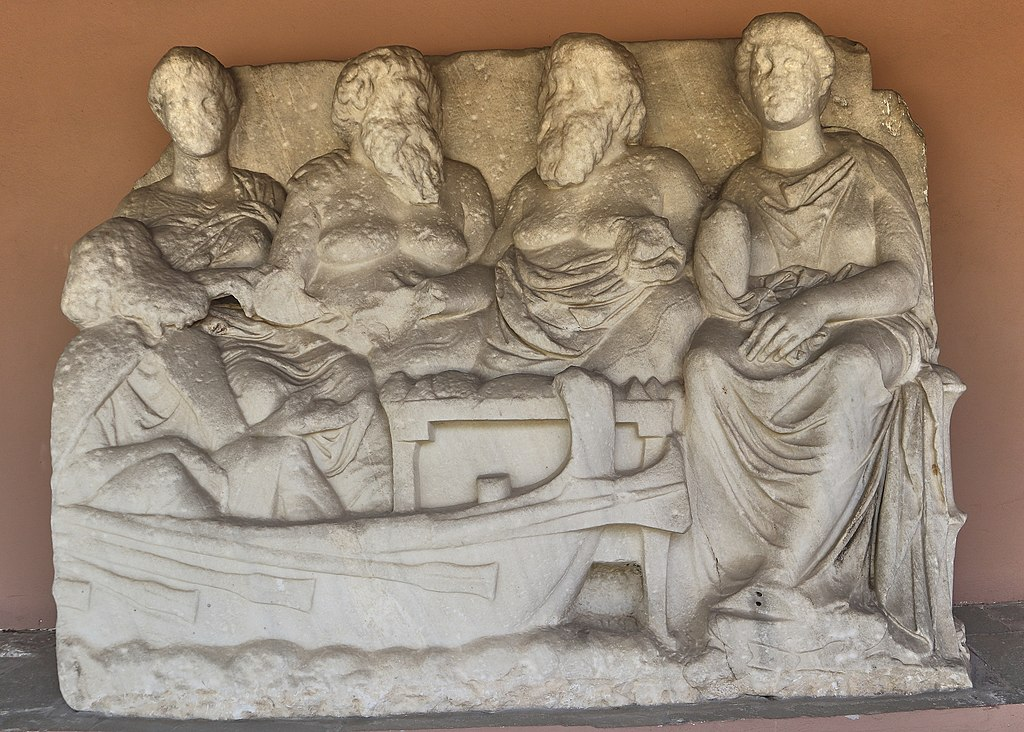
Chthonic is a word related to all things underworld
The word chthonic, or chthonian, is derived from the Ancient Greek word χθών, “khthon”, meaning earth or soil. It translates more directly from χθόνιος or “in, under, or beneath the earth” which can be differentiated from Γῆ, or “ge”, which speaks to the living surface of land on the earth. In Greek, chthonic is a descriptive word for things relating to…
-
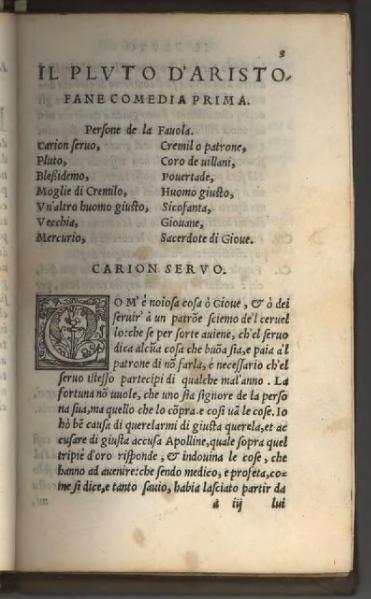
Plutus is an Ancient Greek comedy 388 BCE
Plutus Written by Aristophanes Chorus Rustics Characters ChremylosCario(n)PlutusPeniaHermes Mute mutual Date premiered 388 BCE Original language Ancient Greek Genre Ancient Greek comedyPolitical satire Setting Classical Athens Plutus is an Ancient Greek comedy by the playwright Aristophanes, which was first produced in 388 BCE. A political satire on contemporary Athens, it features the personified god of wealth Plutus. Reflecting the development of Old Comedy towards…
-

Underworld list (Wikipedia)
The underworld, also known as the netherworld or hell, is the supernatural world of the dead in various religious traditions and myths, located below the world of the living. Chthonic is the technical adjective for things of the underworld. The concept of an underworld is found in almost every civilization and “may be as old as humanity itself”. Common features of underworld myths are accounts of living people…
-
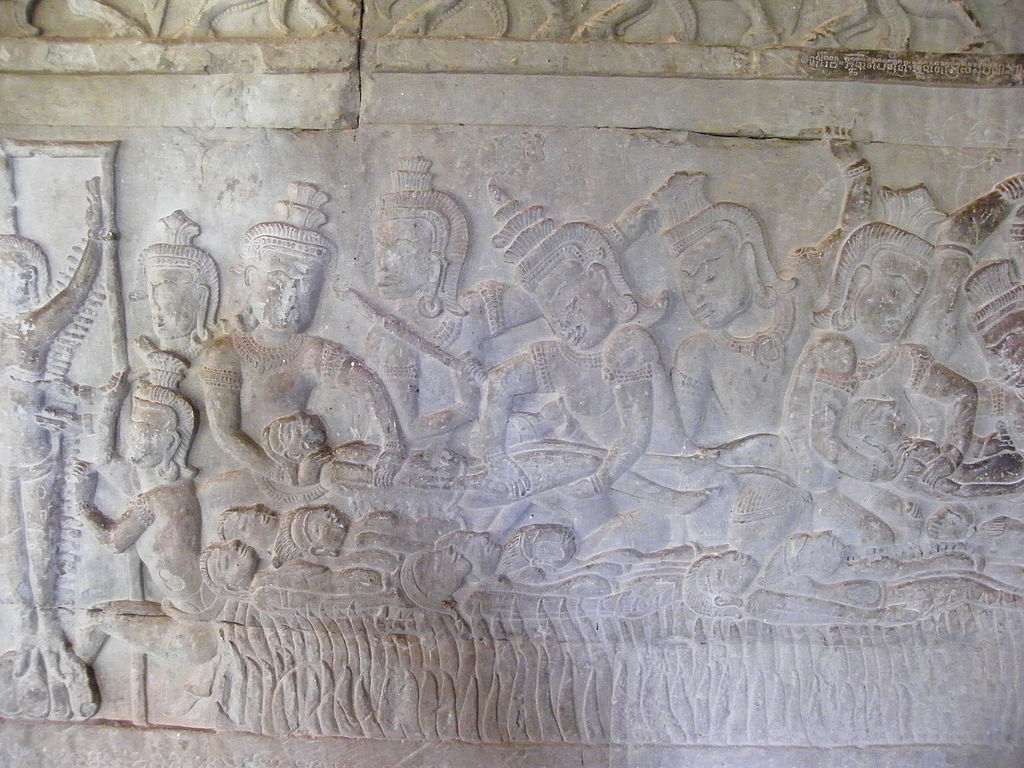
Naraka is a place of torment according to some schools of Hinduism, Jainism and Buddhism and a dynasty
Naraka (Sanskrit: नरक) is the realm of hell in Indian religions. According to some schools of Hinduism, Jainism and Buddhism, Naraka is a place of torment. The word Neraka (modification of Naraka) in Indonesian and Malaysian has also been used to describe the Islamic concept of Hell. For the mythological dynasty, see Naraka dynasty. Wikipedia presently has a note on their Dynasty page that reads: Dy.Nasty –> Die.Nasty. It has negative connotations and we should…
-
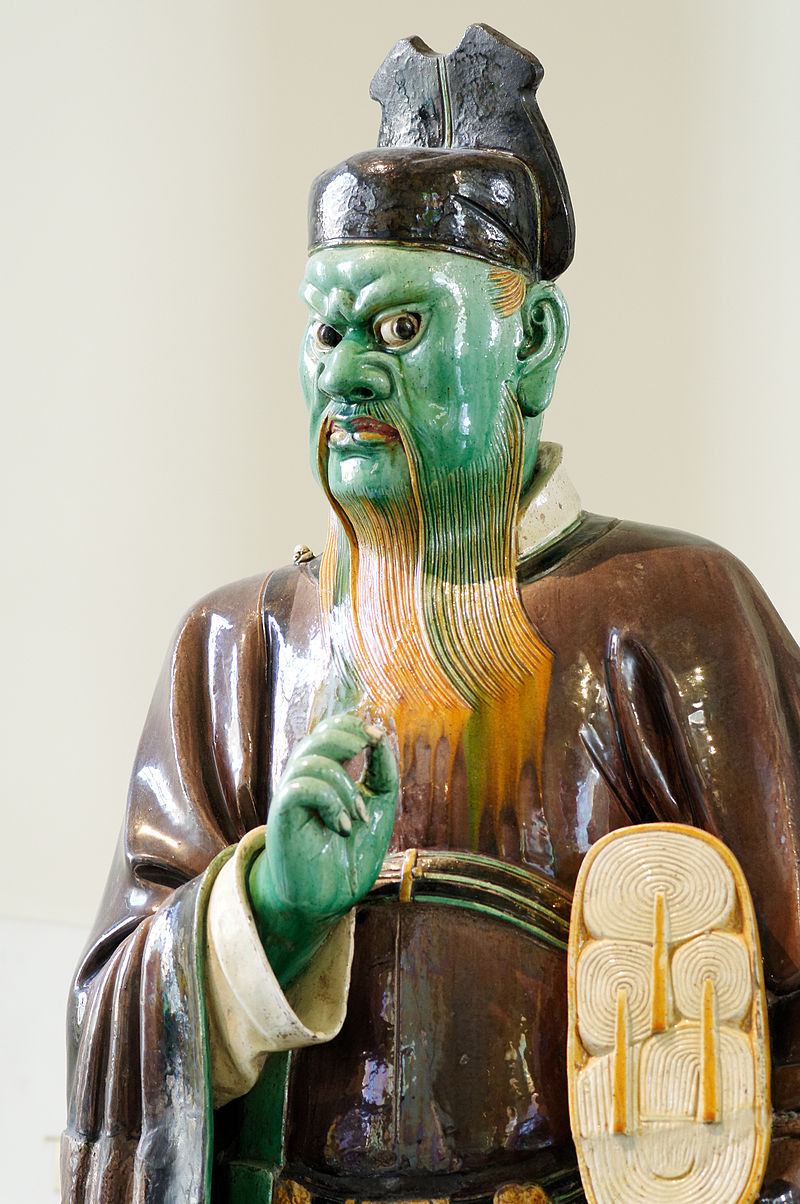
Youdu is the capital of Hell in Chinese mythology
Youdu (幽都) in Chinese mythology is the capital of Hell, or Diyu. Among the various other geographic features believed of Diyu, the capital city has been thought to be named Youdu. It is generally conceived as being similar to a typical Chinese capital city, such as Chang’an, but surrounded with and pervaded with darkness. Name “You” (幽) in Chinese means…
-
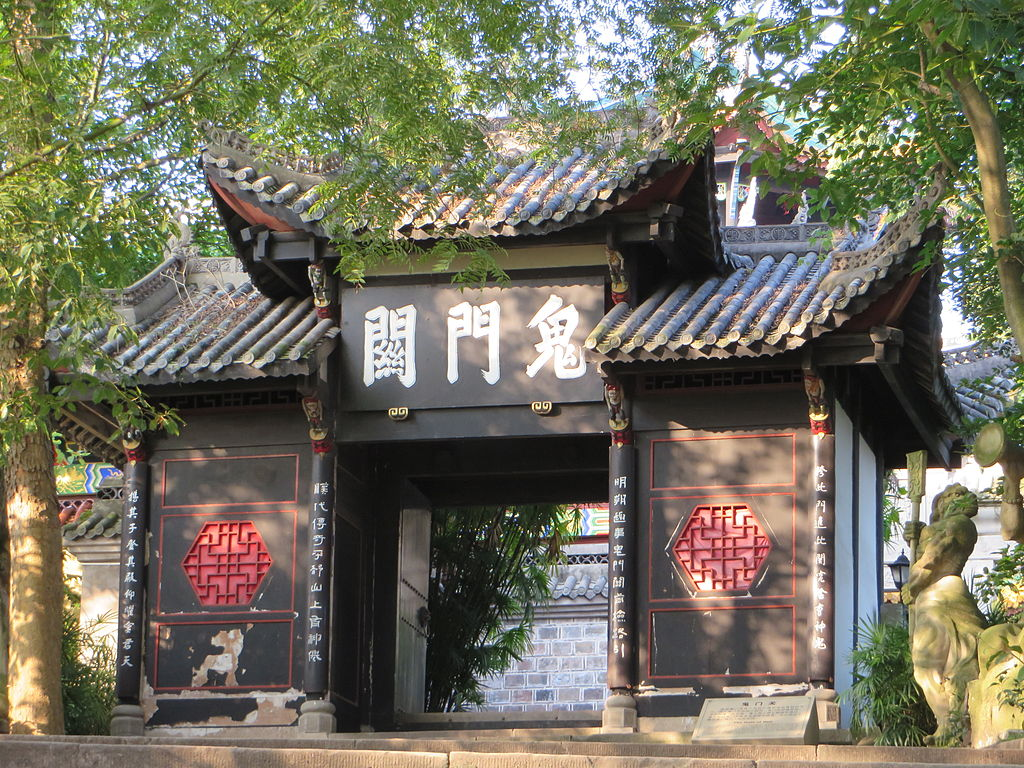
Gate of the Ghosts
The Gate of the Ghosts (simplified: 鬼门关; traditional: 鬼門關), or Devil’s Gate, Demon Gate, known as Guimen guan in Chinese, is a pass in the Underworld in Chinese mythology. The gate is a pailou (also known as a paifang, a traditional style of Chinese architectural arch or gateway structure) with the words “Gate of the Ghosts” written on the horizontal plaque. Legend has it that on their way to the Ghost Country, the…
-
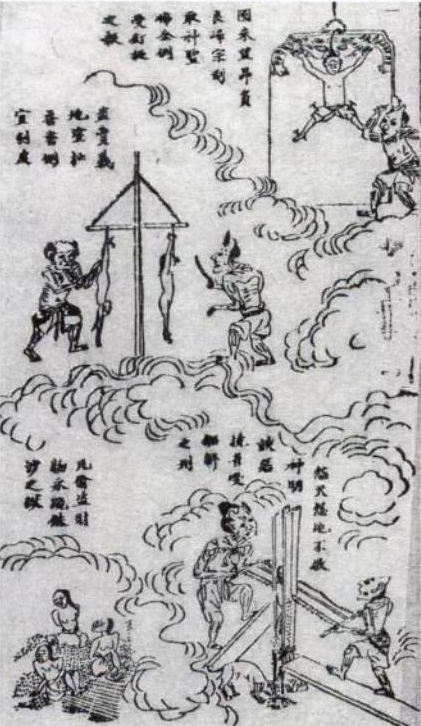
Diyu (‘earth prison’) is the realm of the dead in Chinese mythology
Diyu (simplified Chinese: 地狱; traditional Chinese: 地獄; pinyin: dìyù; lit. ‘earth prison’) is the realm of the dead or “hell” in Chinese mythology. It is loosely based on a combination of the Buddhist concept of Naraka, traditional Chinese beliefs about the afterlife, and a variety of popular expansions and reinterpretations of these two traditions. The concept parallels purgatory in certain Christian denomininations. Diyu is typically depicted as a…
-
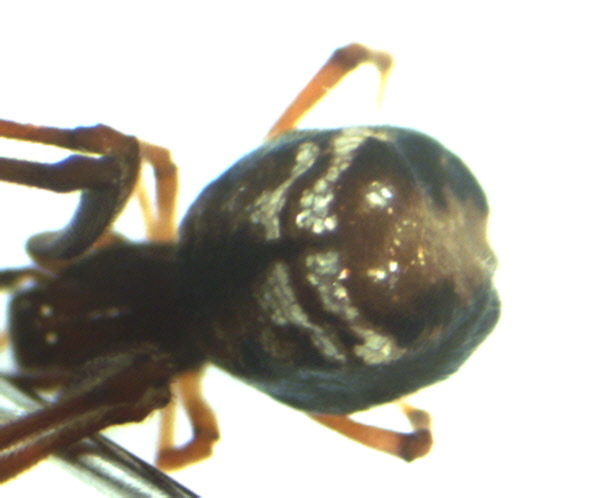
Argyrodes pluto is a species of cobweb spider and kleptoparasite
Argyrodes pluto is a species of cobweb spider in the family Theridiidae. It is found in the United States, Mexico, and Jamaica. Argyrodes, also called dewdrop spiders, is a genus of comb-footed spiders that was first described by Eugène Louis Simon in 1864. They occur worldwide, and are best known for their kleptoparasitism. They can spin their own webs, but tend to invade and reside in their hosts’ webs. This relationship…
-
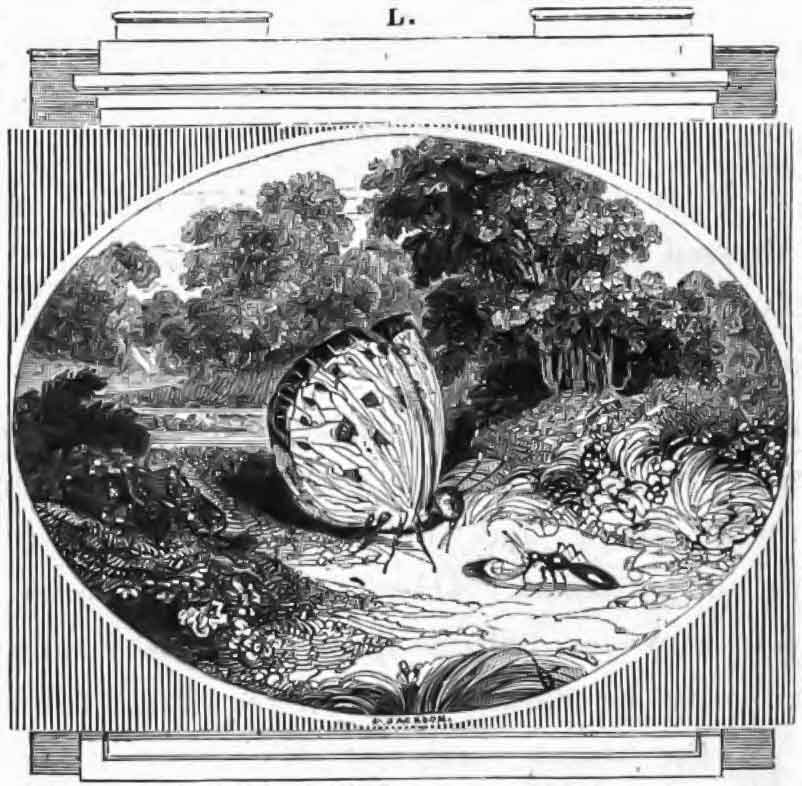
The Ant and the Caterpillar
As an Ant of his talents superiorly vain,Was trotting with consequence over the plain;A Worm, in his progress remarkably slow,Cry’d ‘Bless your good worship, wherever you go!‘I hope your great mightiness won’t take it ill,‘I pay my respects from an hearty good will.’With a look of contempt and ineffable pride,‘Begone! you vile reptile, his Antship…
-
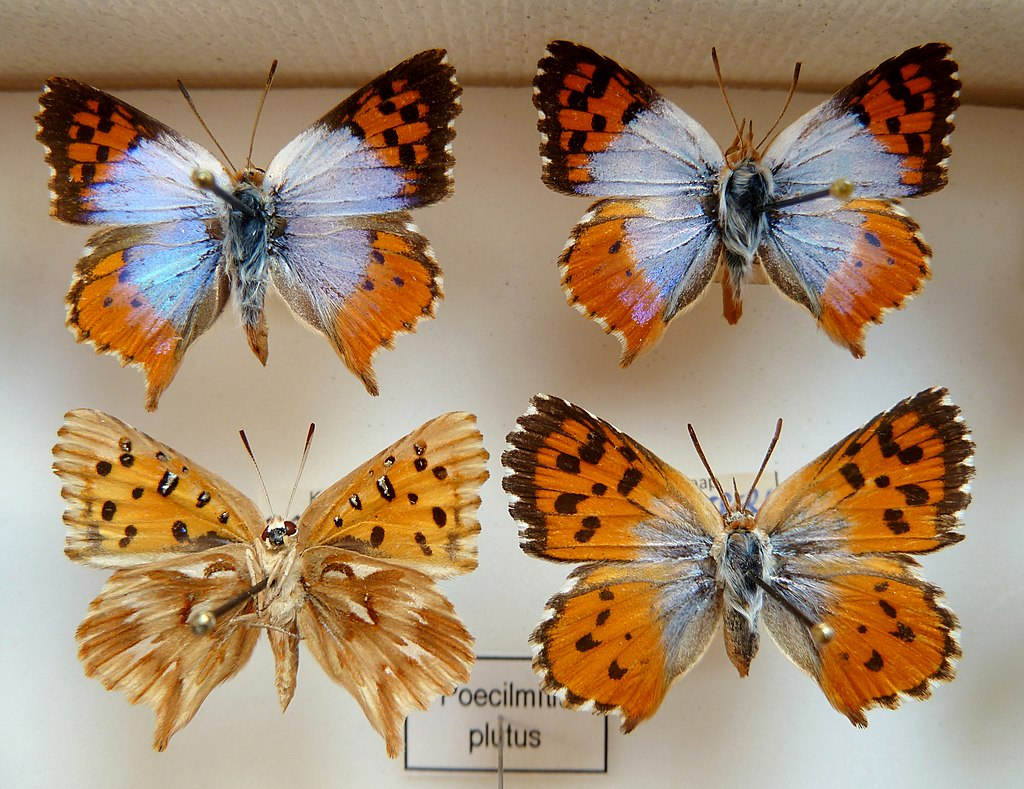
Plutus opal butterflies and black cocktail ants
Chrysoritis plutus, the Plutus opal, is a butterfly of the family Lycaenidae found only in South Africa. The wingspan is 24–28 mm for males and 26–35 mm for females. Flight period is two broods from August to December and January to April. Larvae feed on the Thesium species. Thesium is a genus of flowering plants in the family Santalaceae, sandalwoods, a widely distributed family of flowering plants (including small trees, shrubs, perennial herbs, and epiphytic climbers) which,…
-
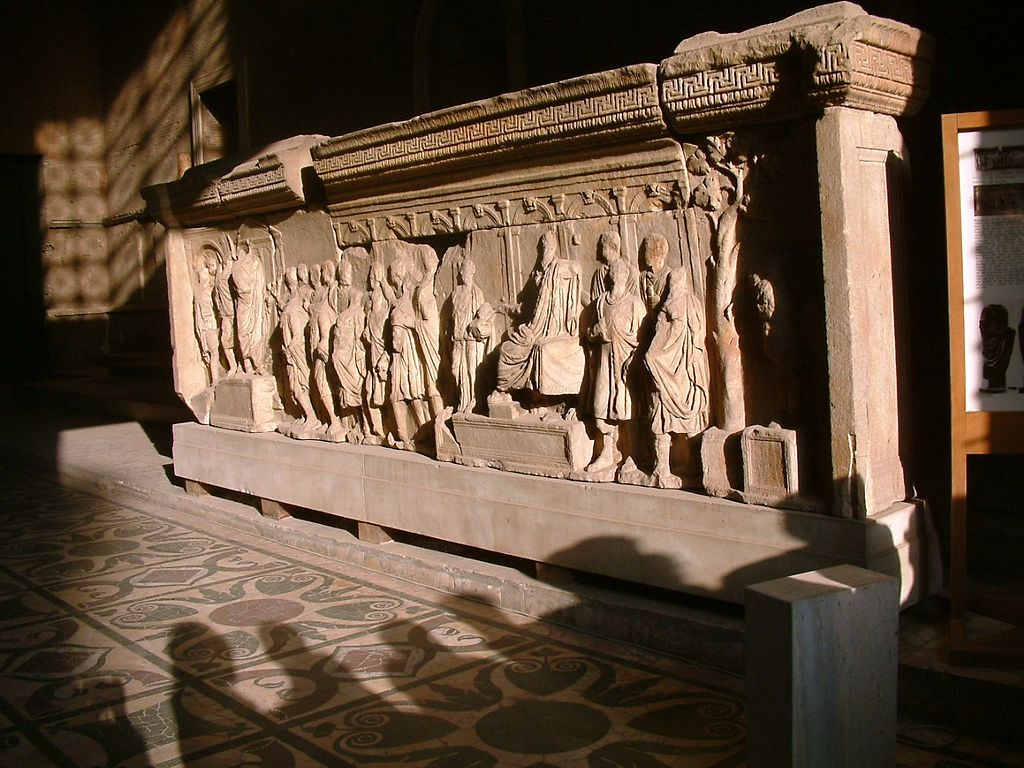
Pluteus (sculpture)
In architecture and sculpture, a pluteus (plural plutei) is a balustrade made up of massive rectangular slabs of wood, stone or metal, which divides part of a building in half; in a church they fulfil the same function as an iconostasis or rood screen, separating the nave from the chancel. They are decorated with frames in relief or richly decorated with figures or geometric…
-
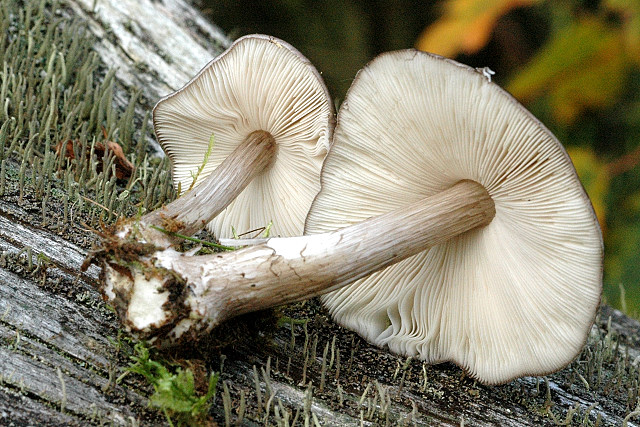
Pluteus is a large genus of fungi with over 300 species
Pluteus is a large genus of fungi with over 300 species. They are wood rotting saprobes with pink spore prints and gills that are free from the stem. Etymology The Latin word Pluteus means shed or penthouse. Characteristics of the Pluteus genus are: Pluteus is separated from Volvariella due to the lack of a volva, and from Entoloma by growing on wood and by microscopic features (Entolomas have angular spores). Naming The name Pluteus was established in 1837 by the founding…
-
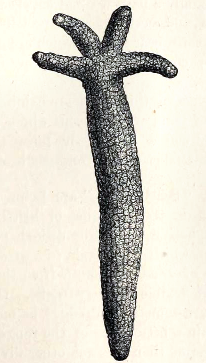
Echinoderm reproduction and pluteus larva
An echinoderm is any member of the phylum Echinodermata. The adults are recognisable by their (usually five-point) radial symmetry, and include starfish, brittle stars, sea urchins, sand dollars, and sea cucumbers, as well as the sea lilies or “stone lilies”. Adult echinoderms are found on the sea bed at every ocean depth, from the intertidal zone to the abyssal zone. The phylum contains about 7,000 living species, making it the second-largest…
-
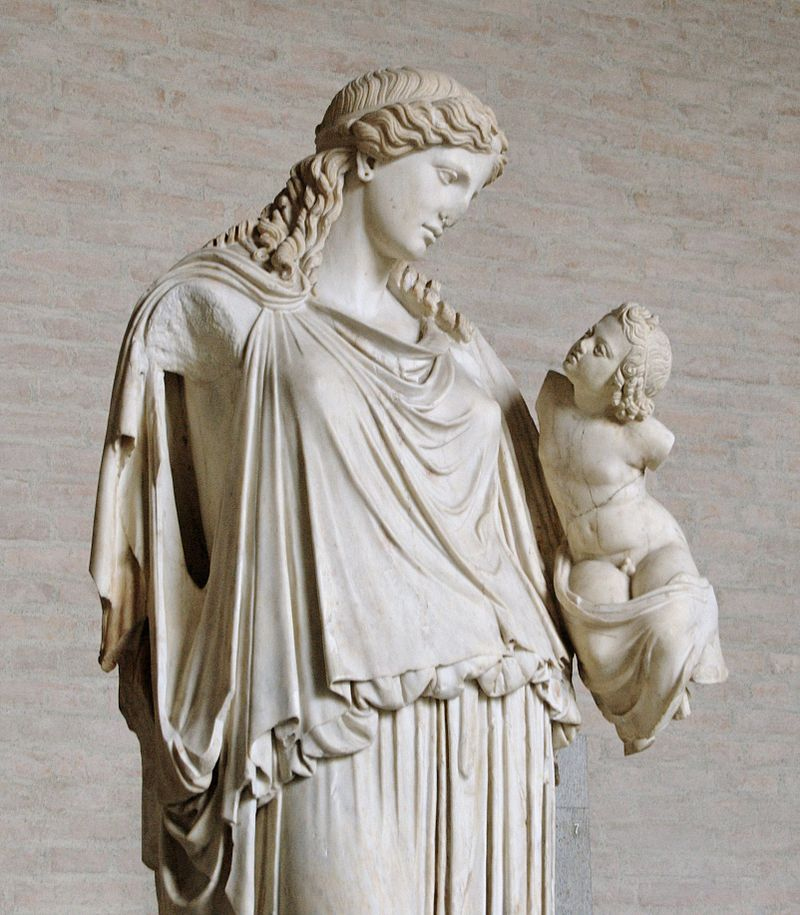
Plutus Notes
In ancient Greek religion and mythology, Plutus (Ploûtos, lit. “wealth”) is the god and the personification of wealth, and the son of the goddess of agriculture Demeter and the mortal Iasion. Family Plutus is most commonly the son of Demeter and Iasion, with whom she lay in a thrice-ploughed field. He is alternatively the son of the fortune goddess Tyche. Two ancient depictions of Plutus, one of him as a little boy standing with…
-

Acharaca was a village of ancient Lydia with a Ploutonion or a temple of Pluto and a cave named Charonium
Acharaca was a village of ancient Lydia, Anatolia on the road from Tralles (modern Aydın, Turkey) to Nysa on the Maeander, with a Ploutonion or a temple of Pluto, and a cave, named Charonium (Ancient Greek: Χαρώνειον άντρον), where the sick were healed under the direction of the priests. There is some indication that it once bore the name Charax (Χάραξ), but that name may have belonged to…
Recent Posts
- 🧬 Disease Table with Low Sodium Connection
- 🧂 Sodium Reduction and Sodium Replacement: A History of Reformulation and Exploding Diseases, Including Many Diseases Unheard of Before Deadly Sodium Policies
- 🧂 The DEADLY 1500 mg Sodium Recommendation predates the WHO’s formal global sodium reduction push by nearly a decade (and it’s even worse than that)
- 🧬 What Is Beta-Glucuronidase?
- When Sugar Was Salt: Crystalline Confusion and the Covenant of Sweetness
Tags
ADAM ASPARTAME Birds Blood Bones Brain Bugs Cancer Columba Cows crystallography Death Death cults Eggs Etymology Gastrin Gold Growth hormone History Hormones Insulin Liver Mere Perplexity Metal Monkey Business Mythology Paracetamol Plants Poison Pregnancy Protein Religion Reproduction Rocks Salt Slavery Snakes Sodium the birds and the bees Thiocyanate Tobacco Tylenol Underworld Venom zinc
